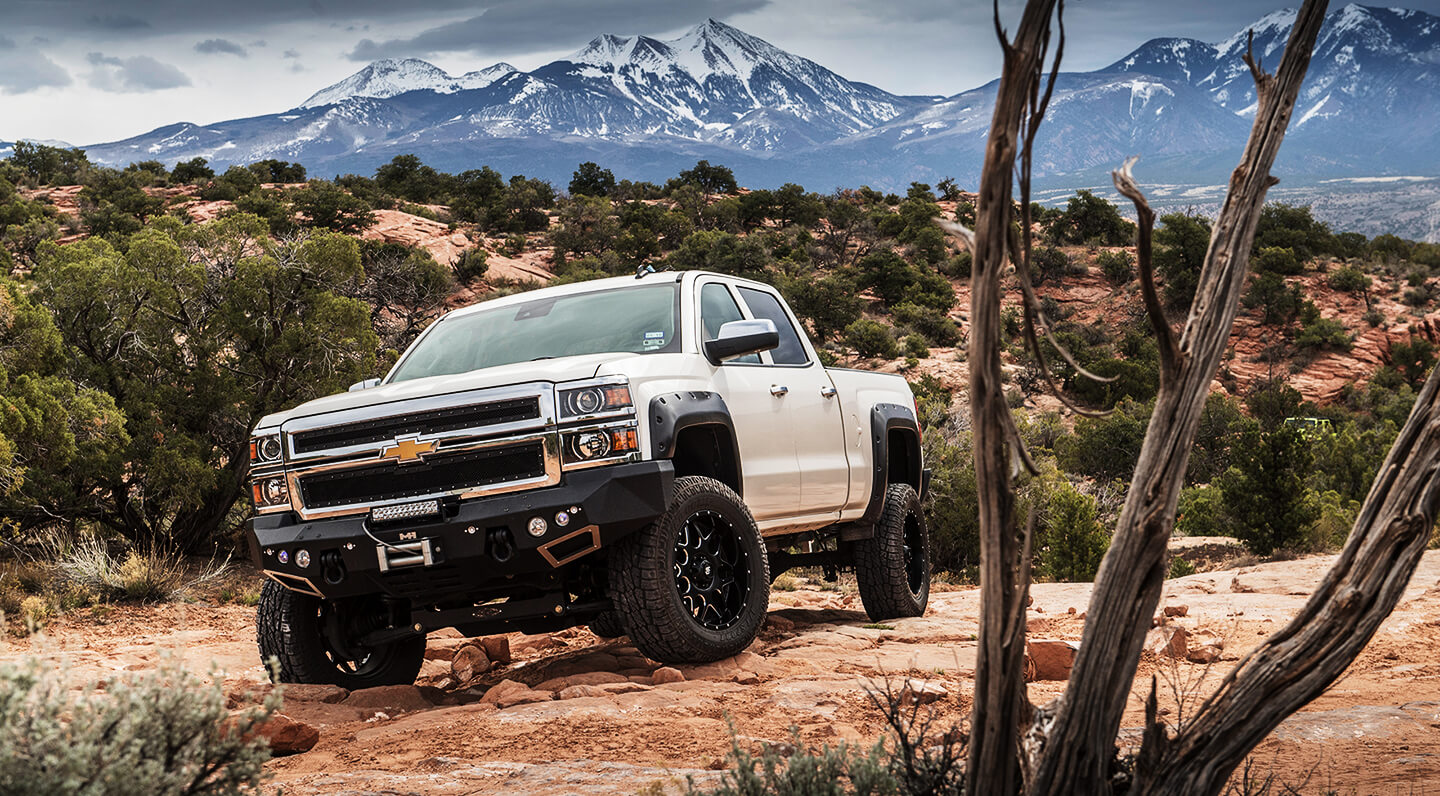
Most factory bumpers are pretty flimsy affairs nowadays. With truck manufacturers obsessed with getting the most gas mileage possible out of their vehicles, many are as lightweight as possible. Crash tests and crumple zones also play a role in making bumpers expendable items. That might be fine for the street, but one impact with an obstacle on the trail can leave your front bumper a mangled mess. It is not surprising that many of us look to replace the OEM bumpers on our trucks with something a lot stouter.
To be honest, a lot of us probably select a new front bumper on looks alone. All of us want our truck to look just right, and a bumper is a major part of how it looks. Pick the wrong one and your truck can quickly go from looking great to downright fugly. It is hard to notice anything else on a truck when there is a goofy front bumper attached to the front of it staring you in the face.
There is a lot more to a bumper than just looks though. True, it is important, but several factors should be considered before buying a bumper. If you only consider looks before you buy a bumper, you might wind up with the equivalent of a trophy wife or husband on your rig. Sure, it looks great, but it really doesn’t do much else. So what should you consider before you buy new bumpers for your truck? Here is what to look for before making a purchase.
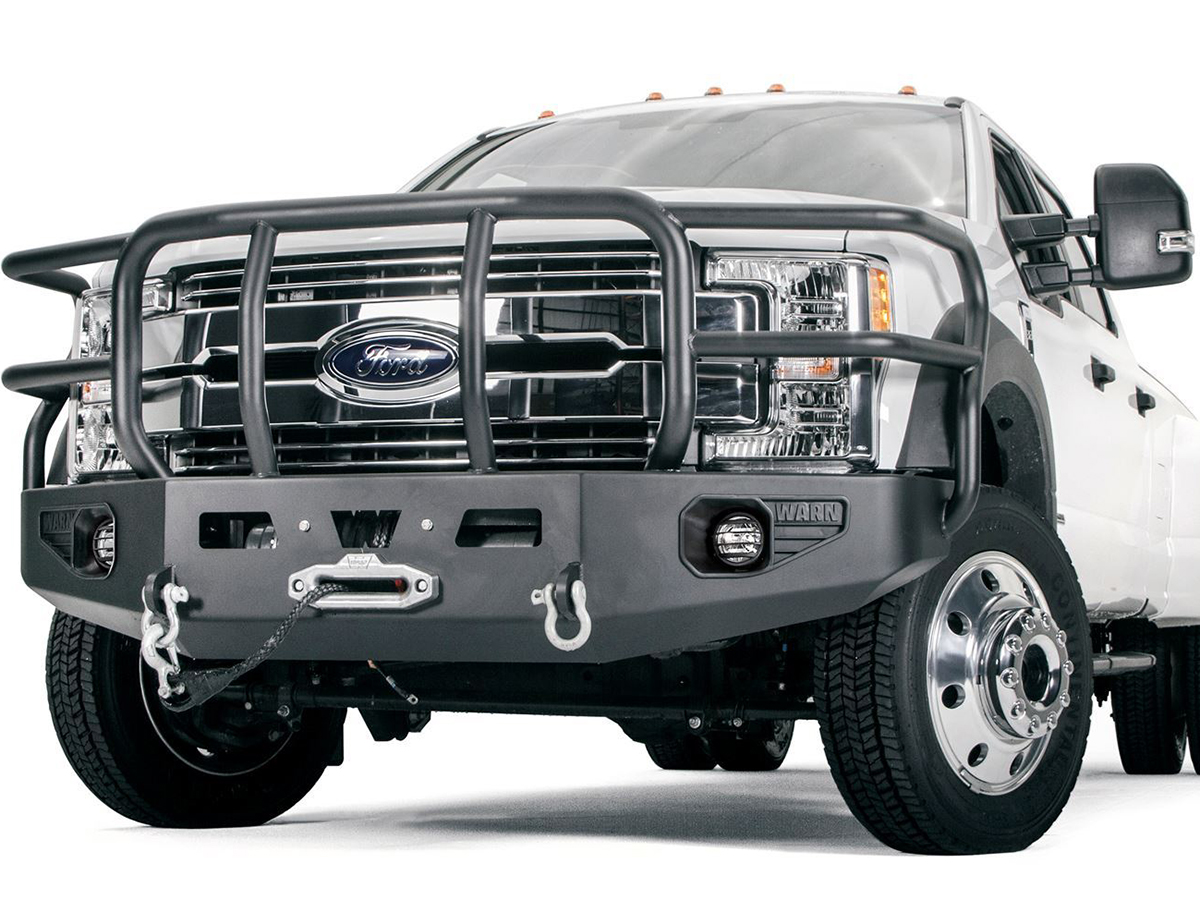
Bigger, bulkier bumpers might weigh more and reduce approach angle, but they can take a hit. Bumpers like this Warn also have big bull bars to help protect the grille and radiator area from being damaged. If you live in an area where there are lots of animals on the road, they are worth a look.
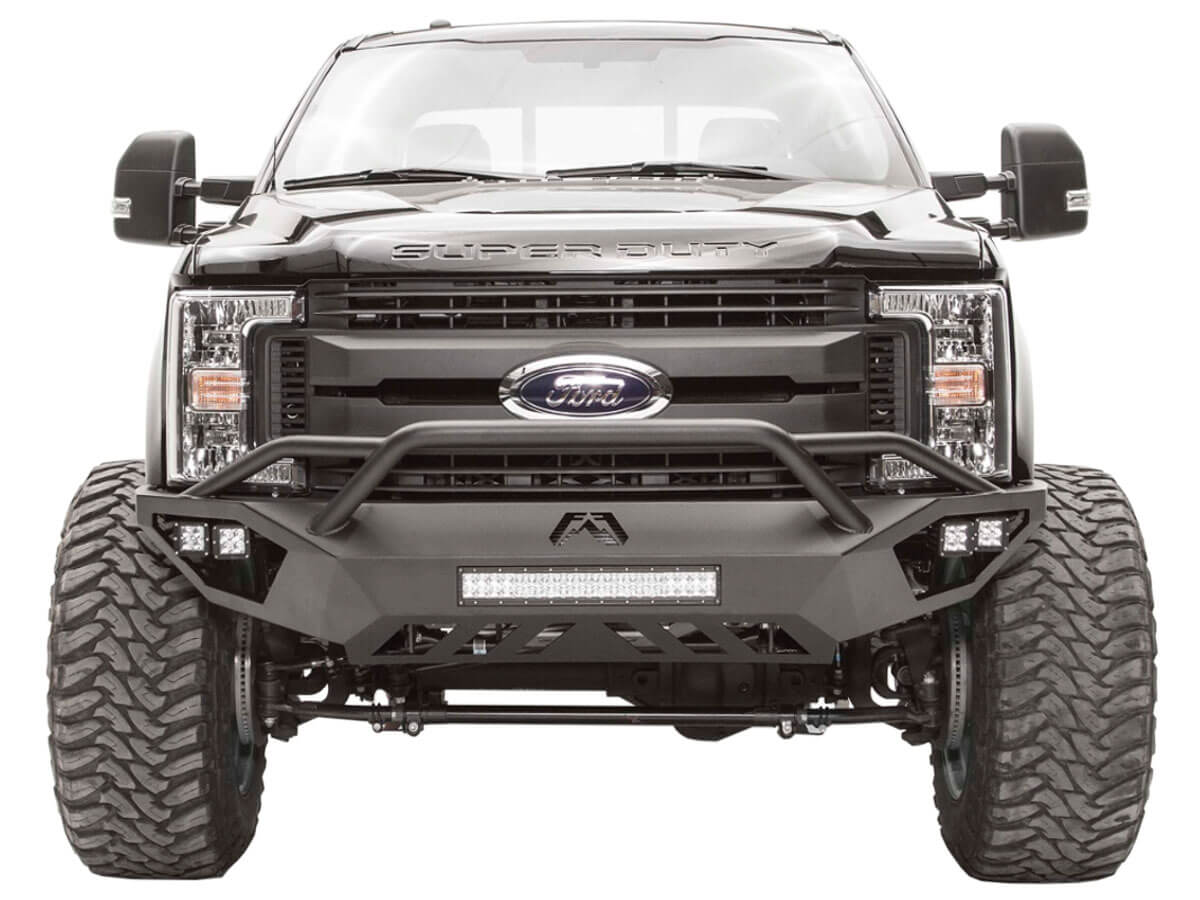
Minimalist bumpers fit close to the body, are usually much lighter, and have better approach angles. However, they might not offer the same level of protection in an impact as most don’t protect the grille area. For those concerned about weight and approach angle, they are a good option.
To Winch Or Not To Winch
One of the first decisions to make when it comes to a new front bumper is whether or not you want a winch. If you do, you will obviously need a bumper that has a winch mount built into it. This will cut down on some of your options as there are bumpers that have no provisions for a winch. Remember, just because you currently don’t have a winch or plan to get one doesn’t mean you can’t get a winch bumper. Yes, they might weigh a little more than a standard bumper, but it does give you the option to add a winch later down the line. With a non-winch bumper, you would have to get a whole new bumper to add a winch, which is a costly mistake
If you already have a winch that you plan to use, make sure that it will work with your new bumper. Winch mount bolt patterns are relatively universal, but lots of bumpers will only fit specific winches. Some bumpers require a more low profile winch or ones with a removable control box. Others just won’t fit larger bodied winches. This isn’t a big deal if you haven’t bought a winch yet, but if you have one on hand make sure it fits.
Minimalist Or Bulky
The majority of front bumpers fall into two categories when it comes to design. They can either be “high and tight” to the body or big and bulky. Currently clean, minimalist bumpers that are tight to the body are definitely trending and the most popular. However, both have pros and cons that need to be looked at before making a purchasing decision.
There is no denying that a new truck looks great with a clean bumper that runs tight to the body. They compliment the looks of any modern truck and that is a big reason for their popularity. Another solid reason is that they maximize the approach angle. And, yet another good reason is that they tend to weigh a lot less than the bigger, bulkier alternatives. So what is the downside? Well, without that much bumper in front of the body of the truck there is a better chance of taking more significant damage in an impact.
A big, bulky bumper is the complete opposite in almost every way. They often weigh a lot more than their more minimalist counterparts. Most stick out farther in front of the truck reducing approach angle. And, while beauty is in the eye of the beholder, some don’t like the way they look. So what is the upside? With a lot of room to give, they can usually take a hit a lot better. Some also have big bull bars that offer significant protection to the grille of the vehicle as well. This might seem like overkill until you smack a deer or other big creature in the middle of the night. Chances are there might be some damage, but your vehicle will still be capable of driving. With a more minimalist bumper, that deer will probably be stuck in your radiator.
Gaining Mass
Weight is another thing to consider when looking at bumpers. Most winch bumpers weigh at least 150 lbs. with some coming in a lot higher than that. Add a winch to that bumper and it easy to gain some significant mass at the front of your vehicle. It might not matter that much if you are driving a one-ton truck that already weighs 7,000 lbs., but for everyone else it will. A lot of vehicles will need some suspension help (at least in the front) to be able to handle the extra weight.
Another area that can be impacted is gas mileage. While adding that much weight doesn’t sound like a big deal, it can all add up. Throw on a rear bumper, some sliders, beefier skid plates, a full-size spare, and some weight in the bed and you can get close to 1,000 additional lbs. That extra mass will definitely make a negative impact on the gas mileage and performance of your vehicle.
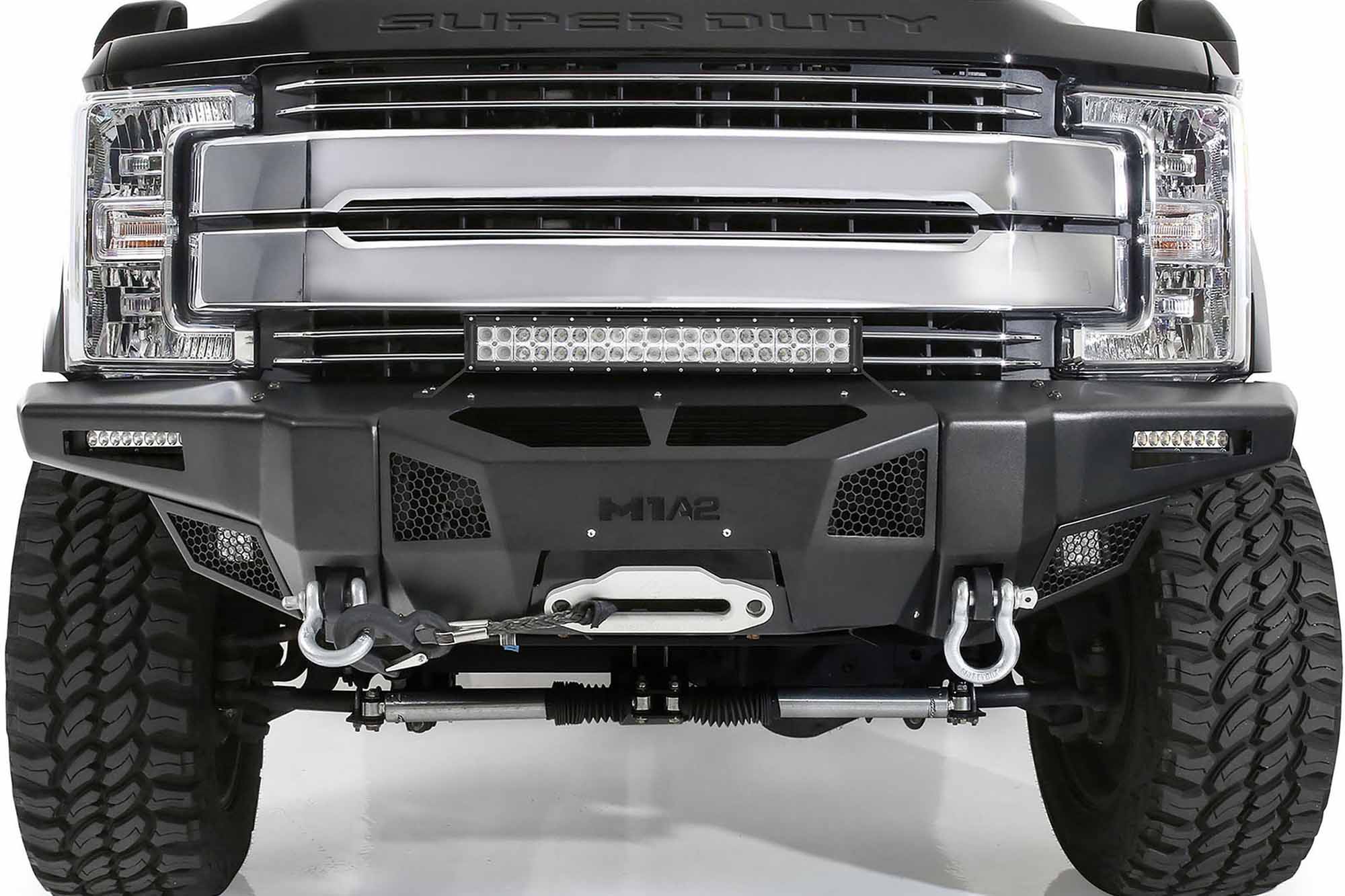
If you plan to use your truck in the dirt, make sure that your new bumper has built-in recovery points. They make for an easy way to attach a couple of shackles to your vehicle.
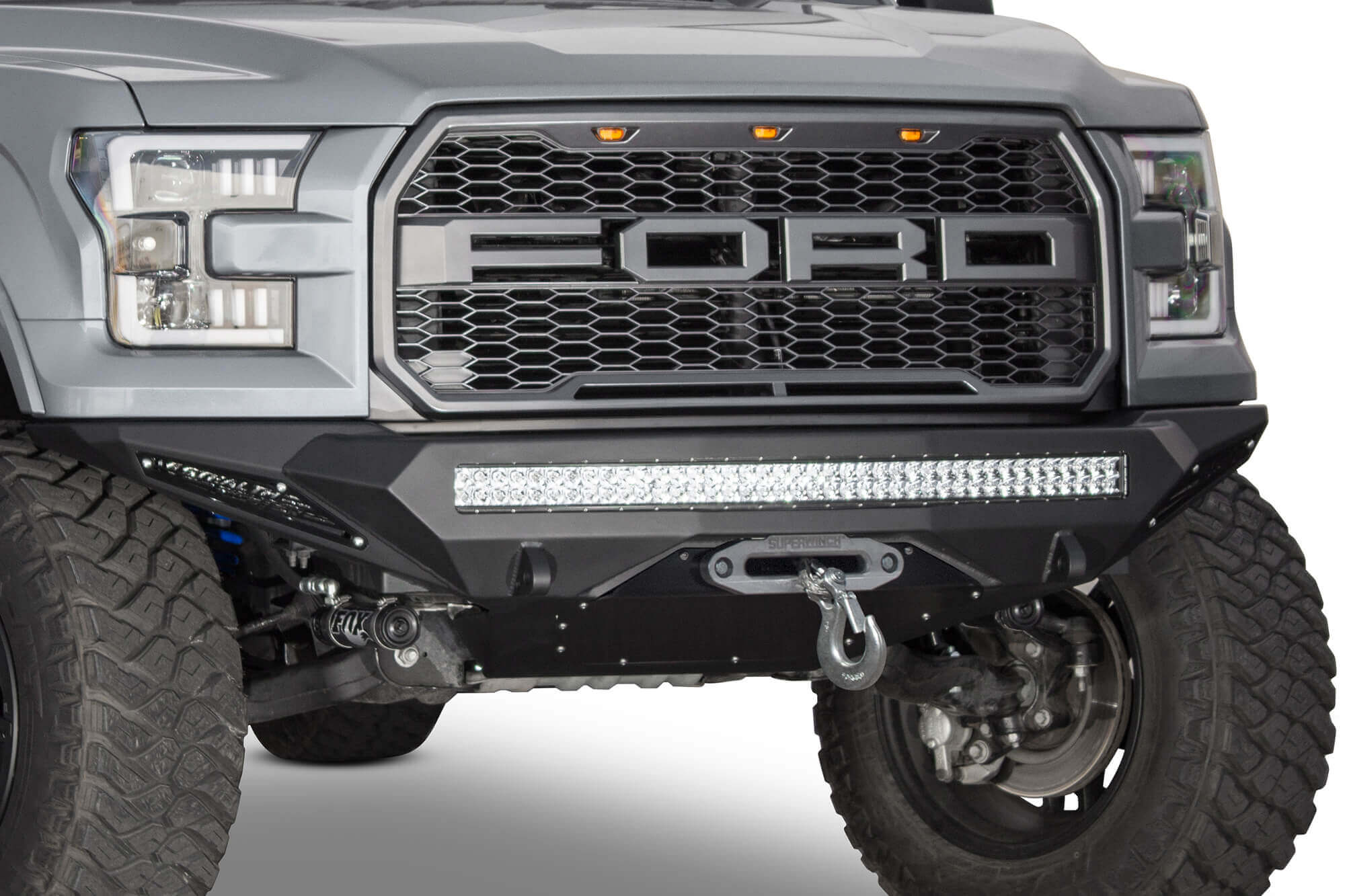
LED light mounts integrated into the front bumper give a very clean way to add some additional lighting. The lights are also less accessible making them harder to steal.
Recovery Points
Make sure to look for built-in recovery points on a bumper if you are going to use your truck off road. A well-constructed bumper is securely mounted to the frame making it a great place to integrate a couple of shackle mounts. When you are stuck, it is way more convenient to simply attach a shackle to an existing mount instead of trying to figure out where to attach one. Plus, a well-designed bumper is going to make sure that this area is extra beefy, so there aren’t any issues using it.
One thing to remember is to be careful when sideloading your front bumper. As the angle of your winch cable or tow strap increases, so does the stress on the front area of the frame. Even with the beefiest of front bumpers, this can be an issue as it is more due to frame strength. For the vast majority of recovery situations, it isn’t a factor. But it is something to keep in mind as the angle of your tow strap or winch cable approaches 90 degrees. In those situations, you will want to avoid harsh yanks with a tow strap or serious loads on a winch cable.
Light Mounts
There are a ton of options when it comes to light mounting locations. One of the best, in our humble opinion, is on the front bumper. The lights will still be high enough to project out as far as needed. They will also not create the constant whistling that lights mounted on the windshield or the A-pillars can. If you have ever experienced this, you know it can result in eventually being committed to the local insane asylum.
Keeping yourself from going insane should be high up on your priority list. With that in mind, it makes sense to look for a bumper with light mounts integrated into it. In theory, you could drill almost any bumper and slap some lights on it. However, this is a great way to ruin its appearance. Using a bumper that already has mounts built into it keeps a clean look. And, as a big plus, the lights are often harder to access making them less susceptible to the sticky hands of thieves. Just make sure that the particular brand of lights that you want to use actually fit the bumper that you are looking at.
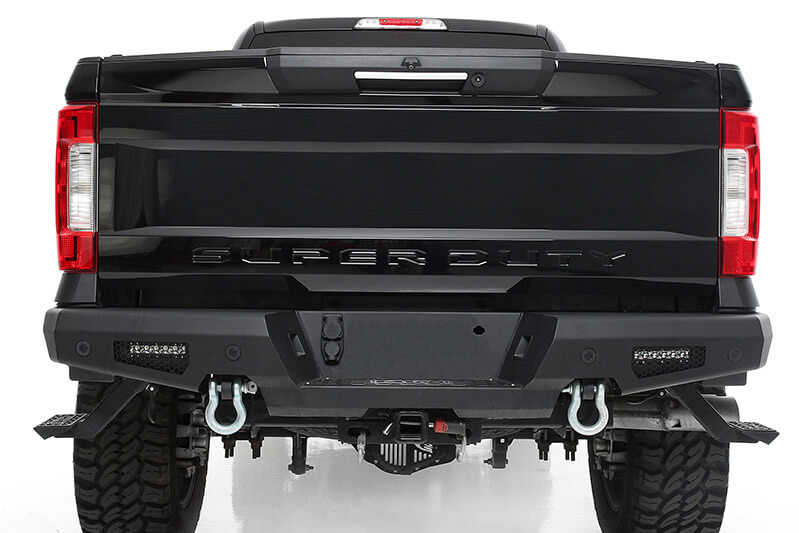
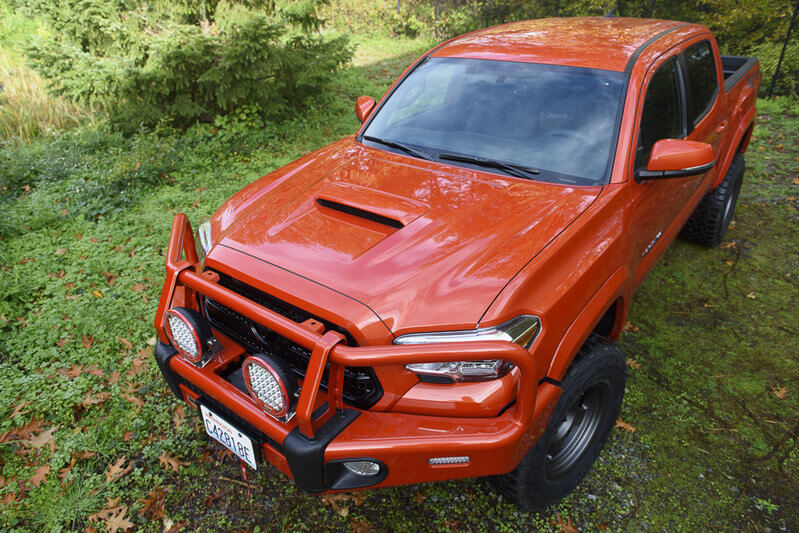
Winch Access
One area that many modern, minimalist bumpers struggle with is access to the winch. Ideally, you want to be able to easily reach the winch clutch lever so you can engage and disengage it. A direct view of the top of the winch is also nice to have. That way you can make sure that the winch cable is correctly spooling during operation and not becoming a tangled mess. Most bumpers that are tight up against the body don’t offer either.
The solution for many of these bumpers is to open the hood to access the winch. This seriously blocks visibility during winching, but it is actually not a bad idea. An open hood can stop a snapped winch cable from flying through your windshield and you. However, if you winch a lot constantly opening and closing the hood can get old quick. Another solution is a winch with a remote-controlled clutch like the Warn Zeon series. With one, you don’t have to be able to reach the winch to engage it.
Rear Bumpers
We have talked mostly about front bumpers, but adding a bumper to the rear of your truck makes perfect sense. In fact, we have mangled more rear bumpers on our trucks than fronts. Most of these were from the dark times before the advent of the backup camera. But with the longer overhang of a truck bed, dragging a bumper on the trail isn’t unheard of. And, in this miracle age of everyone looking at cell phones while driving, getting rear-ended on the street is sadly becoming more common.
Besides looks, there are a couple of things to keep in mind when looking at rear bumpers. One is to make sure that the bumper won’t interfere with your factory hitch (if your vehicle came with one). Some bumpers also require a factory hitch to mount to. Either way, you will want to make sure that your hitch (or lack of one) isn’t going to cause any issues. If your truck is equipped with backup sensors, you will also need a bumper that can accomodate them.
Another thing we look for in a rear bumper is integrated light mounts. Most people focus on throwing lots of light forward, but backing up at night with just factory lighting can be seriously sketchy. Having some additional lighting makes it a less stressful affair as you can actually see where you are going. It isn’t a deal breaker for us, but having built-in light mounts on a rear bumper is a nice feature to have.
Products we used in this article
Material
The vast majority of bumpers are going to be made from steel. As a material for bumpers, steel makes a lot of sense. Quality steel doesn’t cost as much as other more “exotic” materials and it is very durable. Steel is also reasonably easy to work with and weld on. The main downside of steel is that, since it is very dense with a high concentration of carbon, it weighs a lot. Using lots of it, like in a front bumper, can make a part fairly hefty.
To combat that weight, some manufacturers also make aluminum versions of their bumpers. While metal prices have fluctuated a lot in recent times, aluminum is always more expensive than steel. Aluminum also requires TIG welding and steel is harder and stiffer. The huge advantage is weight though as aluminum is significantly lighter. A cubic foot of steel weights 490 lbs. while that same cubic foot in aluminum weighs 168 lbs. That makes for significant weight savings when it comes to something big like a bumper.
Installation
Once you get a new front bumper, you have to install it somehow. This might seem obvious, but we have seen people that didn’t give much thought on how to put their new front bumper on. Some bumpers can be extremely heavy and awkward to hold making them a handful during installation. Even with lots of friends, getting them lined up perfectly without scratching the bumper or your vehicle can be difficult. Other bumpers require careful cutting or trimming of the front fascia or other areas of your brand new truck. If any of this seems too much for you, we highly suggest heading to your local 4WP store and letting them handle it. Yes, it costs money, but we see it as payment to avoid us rolling around in our driveway continually swearing.
Shipping
Shipping isn’t really a feature of a bumper, but it is something you should be aware of before making a purchase. Bumpers are large, bulky items that weigh a lot so it probably won’t come as a shock that they are going to cost a lot to ship. Most bumpers have to ship by truck, and that adds to the cost. And, if you want a truck to come straight to your house instead of a commercial address, that can cost even more. Make sure you know what the shipping costs will be and to factor them into your budget before you buy.
There are only two ways to get around shipping costs that we know. One is to be close enough to a manufacturer to go there and pick up your shiny, new bumpers yourself. Of course, this only works if that manufacturer sells directly to the public. The other is to buy your bumper through 4 Wheel Parts. They will ship it for free to the closest 4WP store where you can either pick it up or have them install it. Regardless of what you decide to do, it can save you some money.





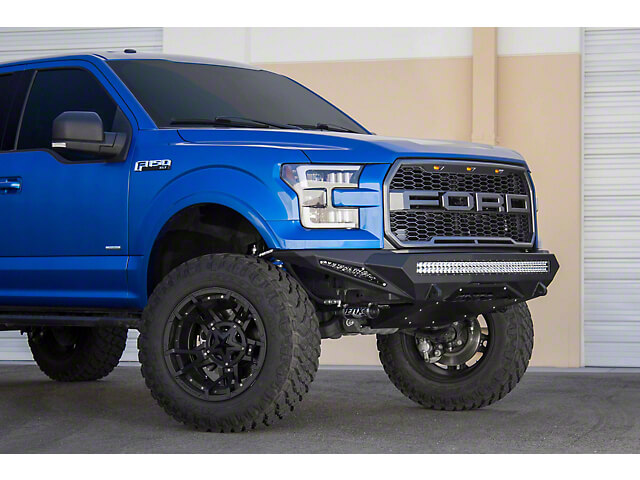
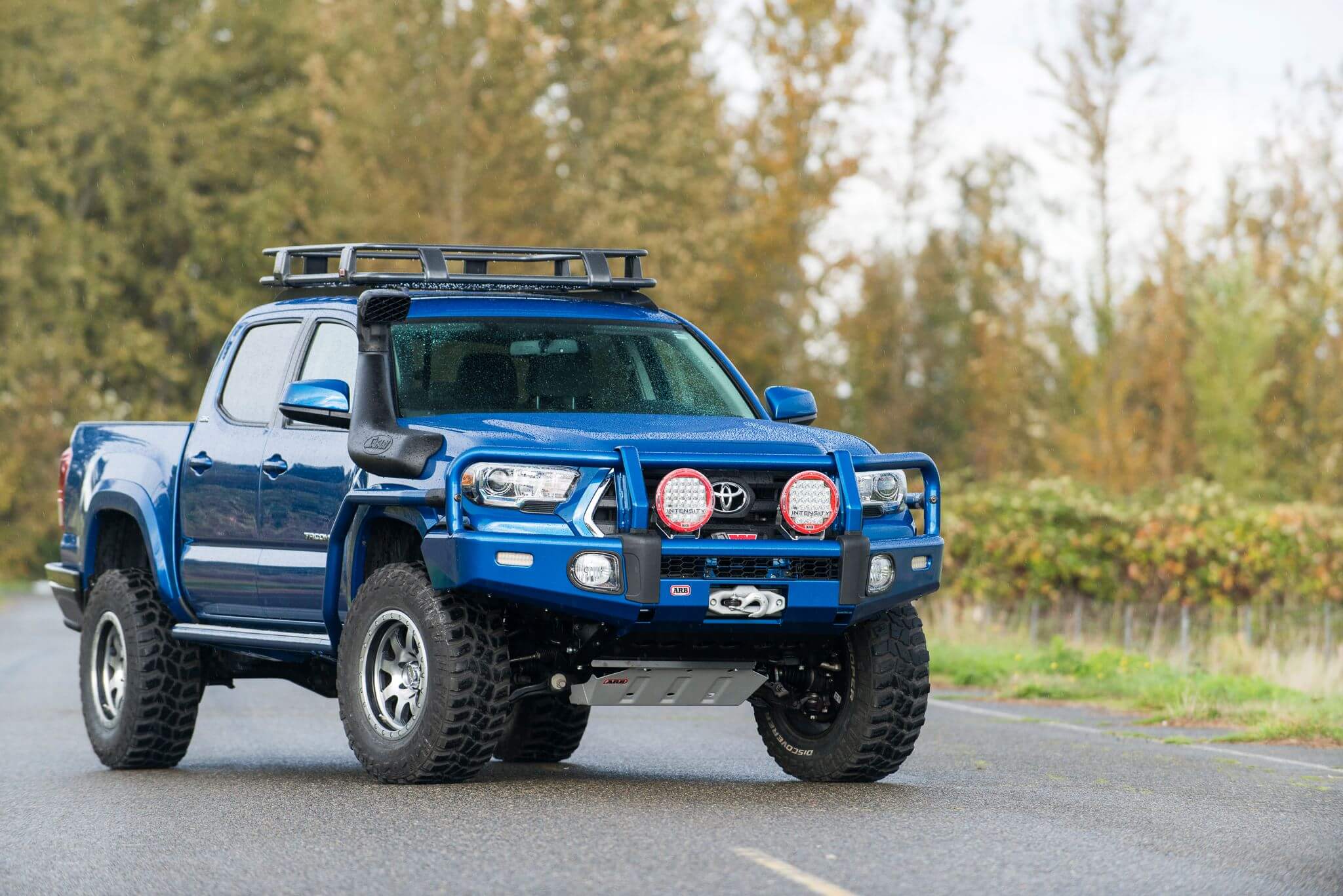

2